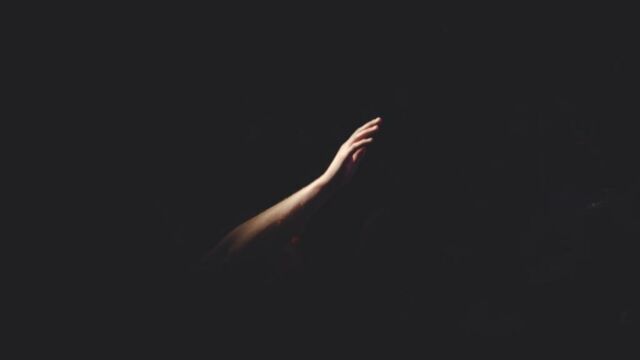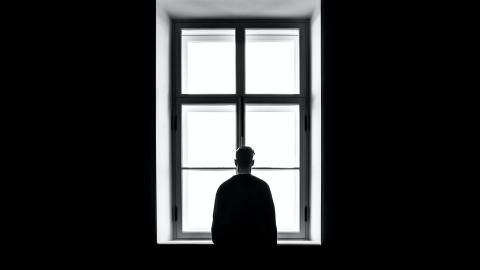Have you ever bumped into a random piece of furniture while you were busy trying to turn on the lights at night? In times like this, having night time vision would be particularly handy but that’s an ability that humans have not been blessed with. This phenomenon actually has a name and its called nyctalopia.
Discover our latest podcast
Nocturnal animals
In the wild, there are some animals who have evolved to be able to see at night. This superpower allows them to move and, above all, hunt in partial and sometimes even total darkness.
The animals that have this incredible ability include owls, sometypes of snakes, abyssal fish, and also cats (to some extent). They all have their own unique way of navigating the planet when the sun goes down. But what about humans?
Humans have limited night vision
Unfortunately for us, our eyes do not allow us to see when the light is too dim. To study the ability in depth, researchers from the Universities of Rochester and Vanderbilt conducted an experiment in which participants were asked to follow the movements of their hands in the dark. The results from their study were fascinating.
Some test subjects were able to track their own movements while blindfolded. However, it wasn’t because they could see in the dark. A researcher explained:
This research shows that our own movements transmit sensory signals that can also create real visual perceptions in the brain, even in the complete absence of optical input. So it wasn't really nyctalopia...
The solution to nyctalopia could lie in nanoparticles. In 2019, scientists injected nanoparticles that convert infrared light into visible light into the eyes of several mice. The experiment was successful and may be even tried out on humans.
If it works, this could ultimately allow us to obtain the very same superpowers as owls.
This article has been translated fromGentside FR.
Read more:
⋙ This atronaut's eyes drastically deformed after six months in space
⋙ Mysterious eyeless, worm-like amphibians spotted in Florida















